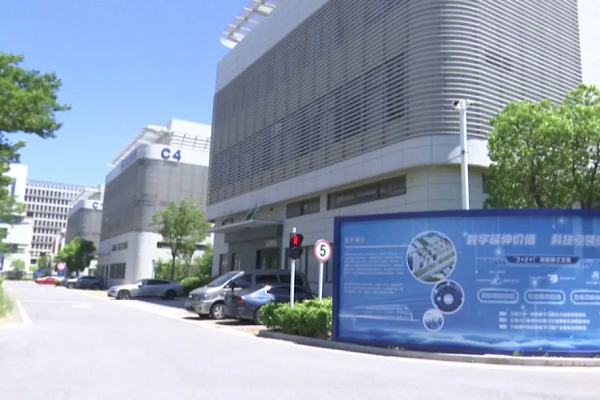Resident population increases in Chongchuan
According to the Seventh National Census, the resident population in Chongchuan district, Nantong was 1,183,740, which exceeded the registered population, achieving a net inflow of 440,252 people, local news outlets reported on June 2.
Compared with the Sixth National Census in 2010, the number of permanent residents in Chongchuan district has increased by 230,469 people within 10 years, an increase of 24.18 percent.
Officials said that the substantial increase in economic activity in the district has driven the population growth. As the central district of Nantong, Chongchuan achieved a regional GDP of 148.26 billion yuan ($23.19 billion) in 2020, ranking first in the city.
In the first quarter of 2021, seven projects in Chongchuan district were included in the city's major projects, with a total investment of 8.7 billion yuan, attracting many outstanding talents and industrial workers to the district. Many college students that had been studying outside of Chongchuan also choose to return to work or start a business in their hometown.
“The development prospects and the talent policies are attractive here in Nantong, so I have decided to settle here,” said Wang Anshun, who is from Bozhou, Anhui province.
Over recent years, Chongchuan district has successfully cultivated experts and talents by improving the relevant policy systems. Last year, 12,227 new college graduates were employed in Chongchuan district, which was the highest in the district's history.
"The living, education, and medical conditions in Chongchuan district are all in good-quality, while the ecological environment is getting better every year," said Jiang, a graduate from Tianjin University who has chosen to work and live in Chongchuan.
Chongchuan district has also accelerated the construction of the ecological corridor along the Yangtze River, as well as built a number of high-quality urban parks and roadside gardens. It is part of its efforts to be the first choice for education, business, travel, and consumption in the north wing of the Yangtze River Delta region.



